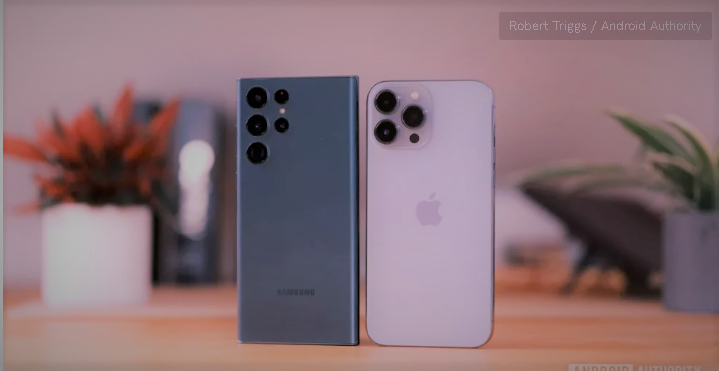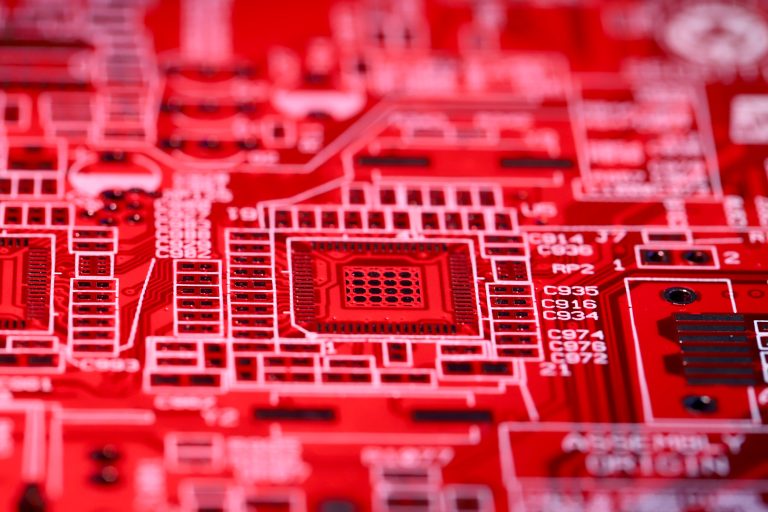What you should know about Arm’s 2023 CPUs and GPUs: Ray tracing and 64-bit only
The 2023 flagship phones will be ray It’s that time of the year when ARM, a curiously-named consortium of chipmakers, unveils its new smartphones processors based on Mali, along with its rebranded processors (made by Samsung, Imagination Technologies, and Here’s what we can expect from the companies with an interest in phablets this time; and what that means for those smartphones that are already released.
Contents
Arm Advanced CPU instruction
ARM announced new processors based on ARMv9 technology: the Cortex-X3 and the Cortex-A715. ARM also released an RM’s Cortex-X3 that can run an Android phone at 7 to 10 per cent faster performance than any other CPU out there. It’s the most privileged core among all the CPU cores in use on a mobile phone today. Arm says to expect a 34 per cent performance boost for a laptop compared to the latest silicon on which the Cortex-X2 is used. That translates to a 100 per cent performance boost, but Arm

Intel has published its new Armv9 CPUs, dubbed the Cortex-X3 and the Cortex-A715. The company includes two
Starting with a top-of-the-line computer performance core, the Cortex-X3 hardware functioned just like its predecessor did. The Cortex-X3 performance is said to be 22% better than the best performance-oriented computer equipped with the original Cortex-X2 although it’s 31% better than the latest “mainstream” processor, while it’s 11% better than the performance.
Although Arm didn’t provide numbers supporting the efficiency claim, it shared a graph that showed the Cortex-X3 consuming less power in most cases than the Cortex-X2, even with the use of maximum performance,

In 2014, Intel whispered a not infrequent word of warning to chips manufacturers, indicating that it won’t support x86-64 applications on the mid-range of their computers. After chiding the big boys like the Itanium or x86, they started rattling
It has been said that the Cortex-A715 enjoys a 5% performance gain over Cortex-A710 on the same manufacturing process and same power level. This is far less of a performance gain than a Cortex-A710’s claimed 10% increase over the A78, on the same manufacturing process and same power level.?.
Deep-dive: Arm Cortex-X3 and Cortex-A715 — Next-gen CPUs redefined
Advertisement | Even though it’s only slightly more powerful than the Cortex-A15, the Cortex-A715 offers up to twice as much memory and storage, as well as more frequent Finally, Arm also announced a “refreshed” Cortex-A510 little CPU core.
This is mostly identical to last year’s Cortex-A510 save for a 5% efficiency gain on the same process and optional 32-bit support. This represents a change from the previous generation though when the little core was 64-bit only.
Immortalis: Arm
Arm also had a few GPU announcements, starting with a differentiated graphics core that it says is the first to support ray-tracing acceleration. <|endoftext|>
Ray-tracing is a way to make Minecraft lighting appear better. The PS5, Xbox Series, or gaming PCs PCs do this in video games to make the shadows and reflections look better.

Arm says the ray-tracing block on the Immortalis GPU only requires about 4% of the shader core area but delivers a claimed 300% improvement over much slower software-based ray tracing. It certainly sounds like this feature doesn’t come at a significant area cost at all.
Even though it still doesn’t entirely match silicon-based rivals from rival AMD, Nvidia is also claiming major improvements in performance. The GPU is also apparently seeing a much-improved performance boost in tasks related to machine learning.
Deep dive: A study as to the Arm’s next
An AMD product seems to be posing with a modest TI graphic chipset: Indeed, AMD’s latest GPU references the 896 Million-ROM PowerVR SGX 5600 part.
The arm is also offering the Mali-G715 GPU (i.e. without the Immortalis branding) for upper mid-range use. This is essentially the Immortalis GPU without ray-tracing and with seven to nine shader cores. We’ve seen a similar trend from the company before, as its more recent mid-range GPUs were basically identical to their flagship counterparts save for having fewer shader cores.
The company announced its Mali-G615 GPU. The host yields high-performance efficiency, and the next in line, the Mali-G216 GPU yields higher performance efficiency.
What does that mean for Apple and the
Eric Zeman / Android Authority [Back to topic], most of these new CPU cores will be released into the market in late 2022…and become the mainstream design. MediaTek is also betting on the latest generation.
However, we shouldn’t expect the Cortex-X3 to surface anytime soon. It is a new design. They also haven’t done it for mid-range processors. Mid-range chips can only have a Cortex-A7 chip for more than that. No one would have such a chipset with A7
However, Arm claims that the Cortex-A15 has Cortex-X1 performance levels – good times for people hoping to buy mid-range processors. These systems could have a major impact in the future without a big power consumption increase.
coverage for the snow-white To date, Qualcomm, Samsung, and Apple are the only companies to use dedicated GPUs. However, MediaTek plans to release its own brainchild – the “Immortalis” GPU.
We’ll have to see when Samsung and Mediatek both employ Arm GPUs in their mid-range processors though, so we’ll have to wait and see if the two companies adopt the Mali-G715 or Mali-G615 in their cheaper SoCs next year.
Ray-tracing is finally a

Credit: Android authority
Learn from Robert Triggs
It’s been the world of desktop computers and gaming consoles for years now, a thing you need to sit down in front of after waking up to an incredibly loud gadget that is not a laptop. We’re starting to see ray tracing hit the mobile phones.
The Samsung Exynos 2 Hardware-based ray tracing should allow games to produce better lighting, shadows and reflections, and it might finally come to mobile gaming. My question is whether we’ll finally see this technology in games. A couple of games support Exynos2
Samsung and MediaTek will price ray tracing as a super-premium option, but Qualcomm needs to price this as We are expecting Mediatek’s next high-end smartphone chip and Samsung’s 2020 flagship silicon to support ray tracing. In adding so, they are targeting to catch up with Qualcomm which represents more than 90 per cent of the market for such device makers.
So Qualcomm needs to support ray tracing if it wants to see it has real adoption in the mobile space. In fact, it might take Apple supporting hardware.
Advertisement
You shouldn’t assume that ray tracing on mobile hardware will necessarily impact console performance. Developers should, however, scale back the resolution, frame rate, anti-aliasing, and other features in their games to keep performance in mind. The Snapdragon 8 Gen 1 and Exynos 2200 have overutilized, and therefore wasted, both battery and CPU lines in extreme stress testing.<|endoftext|>
Millions of ARM processors are destined for use only in PCs, since PC manufacturers have bet on Atom-compatible, x86-compatible chips, despite knowing the limitations of the specifications they lack. 2023 may not bring a new structure for ARMia’s CPU architecture. For CPUs which lack fine-grained control of the speed of certain blocks.







